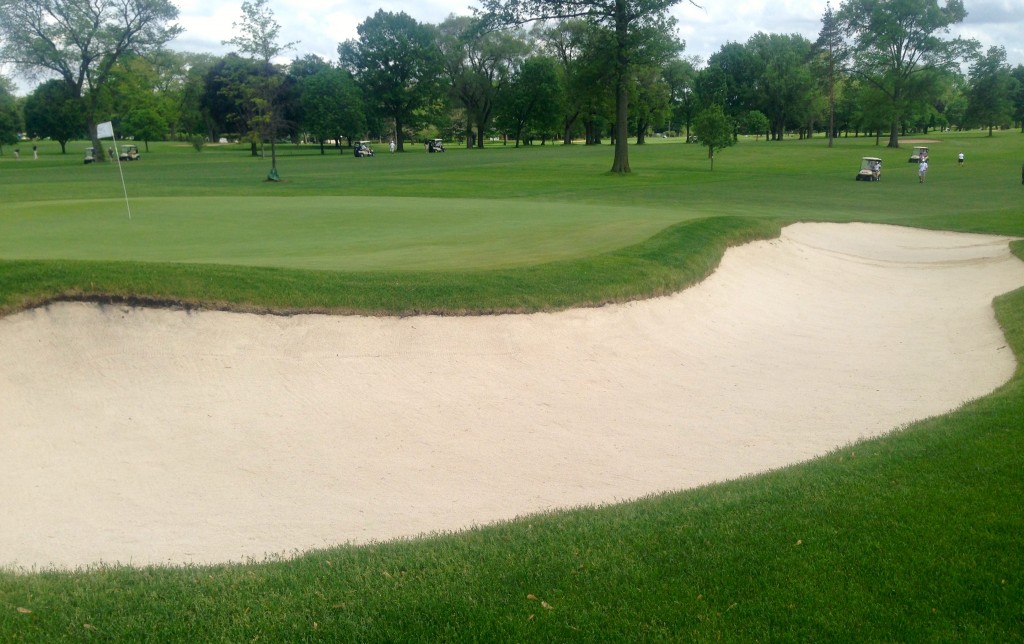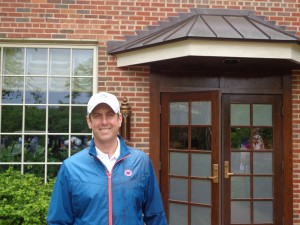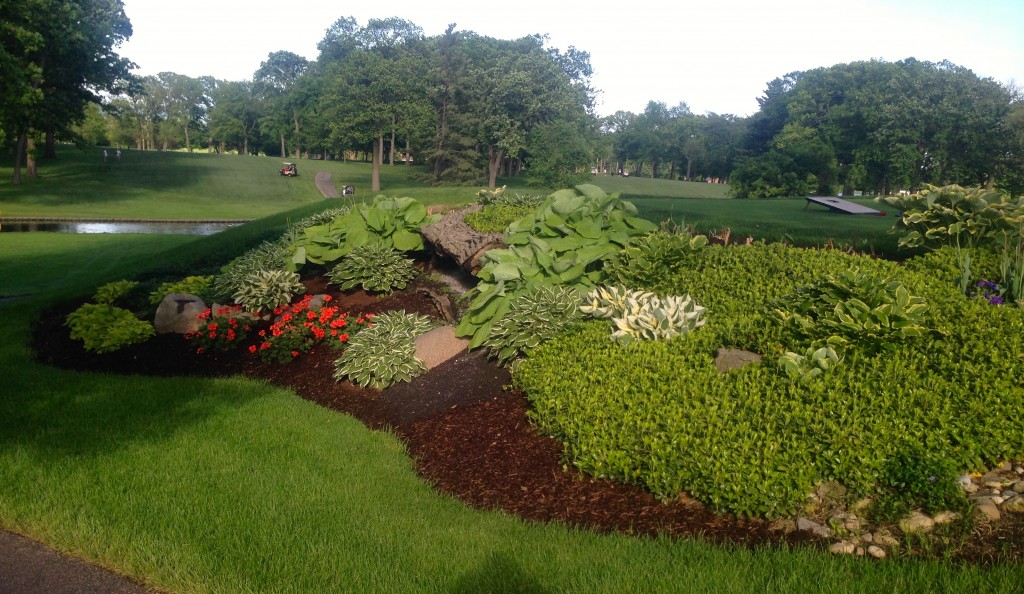Medinah will restore – not renovate – this Bendelow course
For reasons that have long escaped me, Tom Bendelow is still not in the World Golf Hall of Fame. He was the course architect that, perhaps more than any other, got golf started in the United States.
That’s especially evident in the Chicago area. Bendelow’s name has been on about 800 courses that were built from, roughly, 1895 to 1930. Most that have survived have been radically altered, among them Medinah’s famous No. 3 course that has hosted three U.S. Opens, two PGA Championships and the 2012 Ryder Cup matches.
Bendelow was the original designer of all three courses on the Medinah property in the 1920s. The No. 1 layout was renovated last year by Michigan architect Tom Doak. More extensive work has been done on No. 3 over the years to prepare that layout for its big tournaments, and Rees Jones was the latest architect to do the work there.
Medinah’s No. 2 course, though, is one of the very, very few unvarnished Bendelow designs anywhere. It was built in 1924 and has been well-maintained – but not altered – since then.
With the Ryder Cup over and Doak’s work well-received on No. 1 – the new model of that course will host this year’s Illinois PGA Championship in August, the club is now focusing on No. 2. It won’t be renovated, though.
The course, little used for non-member play over the years, received somewhat of a last hurrah at this spring’s Medinah Patriot Day. It’ll remain open, as a family course, until late September and then it’ll be closed for over a year for a $3.5 million improvement.
Jones has prepared architectural plans, which didn’t involve the famous architect interjecting his own design style. Now Wadsworth, the long-established golf course construction company, will work with Medinah’s staff, headed by superintendent Curtis Tyrrell, to enhance No. 2. Unlike so many other courses around the country, Medinah doesn’t want to downplay what Bendelow created.
“We’re calling it a modified restoration,” said Tyrrell. “This is as true a Tom Bendelow design as you’re going to find. We’ll take some liberties with the tees and bunkers to improve things for today’s game. It’ll be a real thorough project.”
Before the year is out there’ll be some significant tree removal and storm drainage work done. Things will get more intense next spring when all the greens, tees and bunkers are altered and bentgrass planted. There’s lots to like about what Bendelow created, and that’s to be revived – not replaced.
“The greens have shrunk. Due to some maintenance things they’ve been mowed smaller and lost a lot of their character,” said Tyrrell. “They’ve gone from intricate, unique shapes to small circles, and a lot of the bunkers have expanded through edging and weathering. They used to have nice movement to them. Now they’re big ovals. They’ve gotten bigger, and the greens have gotten smaller. And some bunkers have been filled in, and others have been added.”
Jones sorted all that out through the use of old aerial photographs and other archival materials.
Suffice it to say that when the course re-opens it’ll look different – but more like it did in the Bendelow days.
“The greens will be unique,” said Tyrrell. “We won’t worry too much about how many hole locations we can get because the greens will almost double in size, and they’ll take on shapes that aren’t customary these days to what modern architects are building. They’ll take on a whole new flare.”
Even now those greens still have lots of interesting humps and bumps that are largely missing on the Nos. 1 and 3 courses. Those humps and bumps will only be accentuated, Tyrrell said.
Unlike the other courses, there’s no need to change the routing or length of the holes on No. 2. The course will remain about 6,300 yards from the back tees.
“The course won’t get longer, but it will get shorter for certain levels of handicap players,” said Tyrrell. “We’ll be more than doubling the amount of tees. It can play as short as 4,000 yards from the junior tees and there’ll be a (tee) option for everybody.”

The long par-4 eighth hole, with its big green-side bunker, is Medinah No. 2′s No. 1 handicap hole and it will remain a course highlight after the restoration is completed.
Tree removal is inevitable, though Tyrrell isn’t sure how many will come down and says new ones will be planted in some places.
“What we hope to do is open the course up for people to see the great routing rather than get walled off by rows of trees,” said Tyrrell. “It’s going to feel more open, and more of the trees that get taken out will be for agronomical purposes rather than restorative purposes.”
The course has been frequently referred to as the “ladies’ course,” but that was never accurate. It was simply shorter than the other two Medinah layouts and therefore preferable for junior and family play.
“Everybody played it,” said Tyrrell, and that will continue after the “modified restoration.”
And in the final days of its present state the No. 2 course will be readily evident to the area’s most devoted junior golfers. Medinah will host the PGA’s Drive, Chip and Putt regional tournament in September. It will send winners to next spring’s national finals prior to the Masters at Augusta National. The Drive, Chip and Putt event will be held on the driving range that is adjacent to the No. 2 course.




 By Len Ziehm
By Len Ziehm

